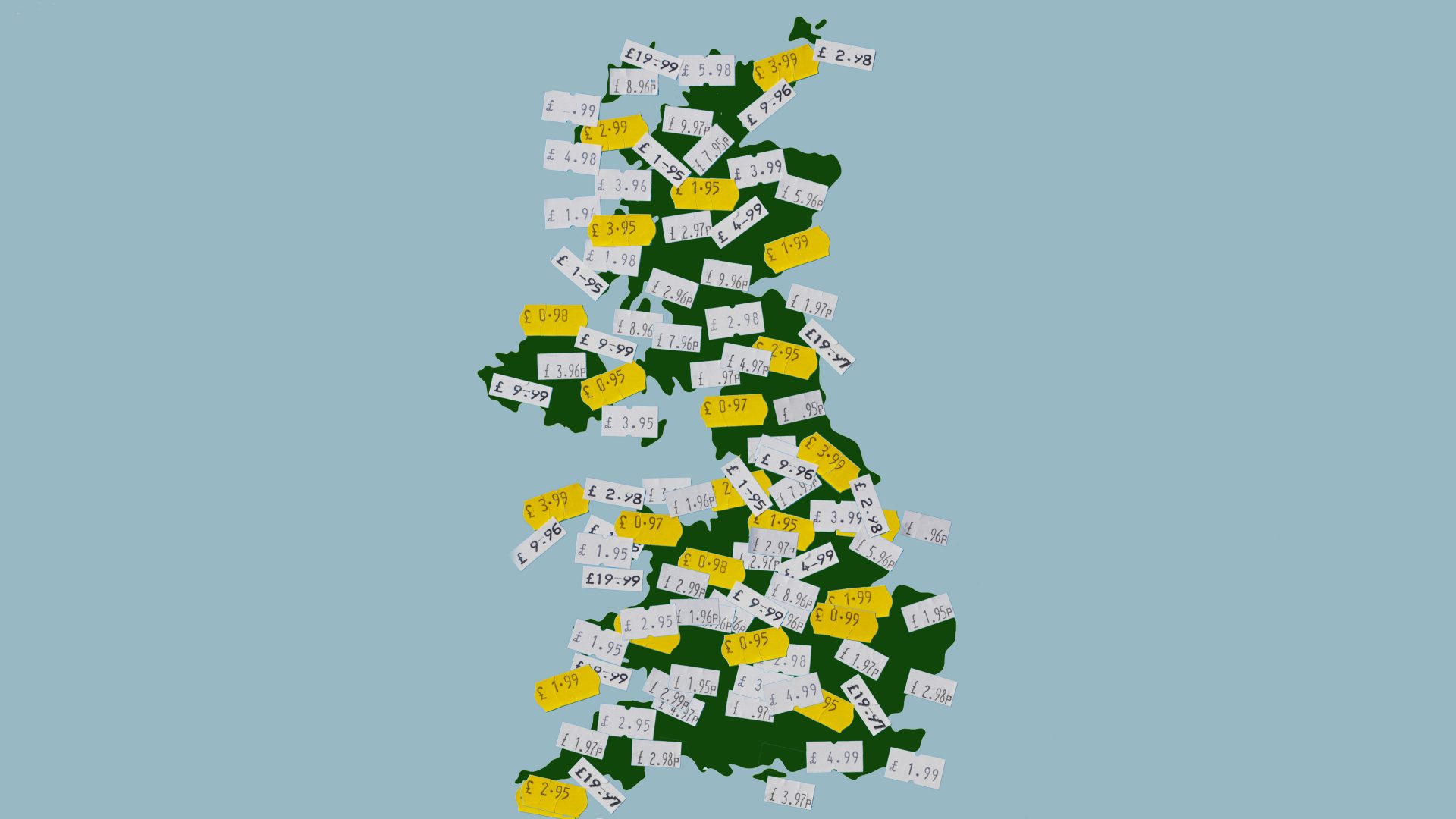Banks are both the beating heart of any advanced economy and its weakest link. As the collapse of Credit Swiss and the Silicon Valley Bank have shown, taking your eye off the ball for just a moment can have disastrous results.
Which is why the governor of the Bank of England is suggesting that the deposit insurance scheme for UK bank customers needs to be improved. Currently, the first £85,000 iof what you have in a bank is protected by the scheme – and there is a temporary allowance of much more for lifetime “one-off events” like moving house.
But this is much lower than the rate guaranteed in the US and Andrew Bailey is suggesting it needs to increase. This is both an encouraging thing and a worrying thing.
It is encouraging because insuring depositors against loss is a fairly cheap and easy way of retaining confidence in the banking sector, and that has the benefit of making runs on banks less likely. Why bother to take your money out of a bank when it is insured by the taxpayer and therefore you are risking nothing by leaving it where it is?
But on another level, this is not as reassuring as it looks.
I have spent many a happy hour at the Bank of England being briefed, year after year, on their latest post-credit crunch attempts to increase the robustness and security of the sector. Banks were, quite rightly, forced to hold much bigger reserves, to prove that their lending criteria were safe and secure and above all sober, the lending ratios were religiously enforced and banks that tried to game the system were stamped on hard.
Endless worst-case scenarios were thrown at the banks in stress test exercises designed to gauge their ability to survive shocks; from collapsing share values to mortgage fraud, recessions, depressions, war, famine, the lot. Every weakness exposed was supposed to have been fixed, the system strengthened, and survivability improved.
It was all done to ensure that the taxpayer would never have to bail out the whole sector again, underwrite it to the tune of hundreds of billions and print almost unlimited amounts of money to keep the economy afloat.
Now we find that two banks, one a specialist high tech-supporting American lender and one a Swiss international, have caused such worries by their collapse that we need to improve the system once again. An added worry is that after years of ultra-low interest rates the banking sector looks less than confident the second they have to rise to fight inflation.
I know the old military adage that “no plan survives the first contact with the enemy”, but the Bank of England has had 13-plus years to build a better banking system and these bank collapses seem to show that the financial sector is nowhere as robust as it should be.











